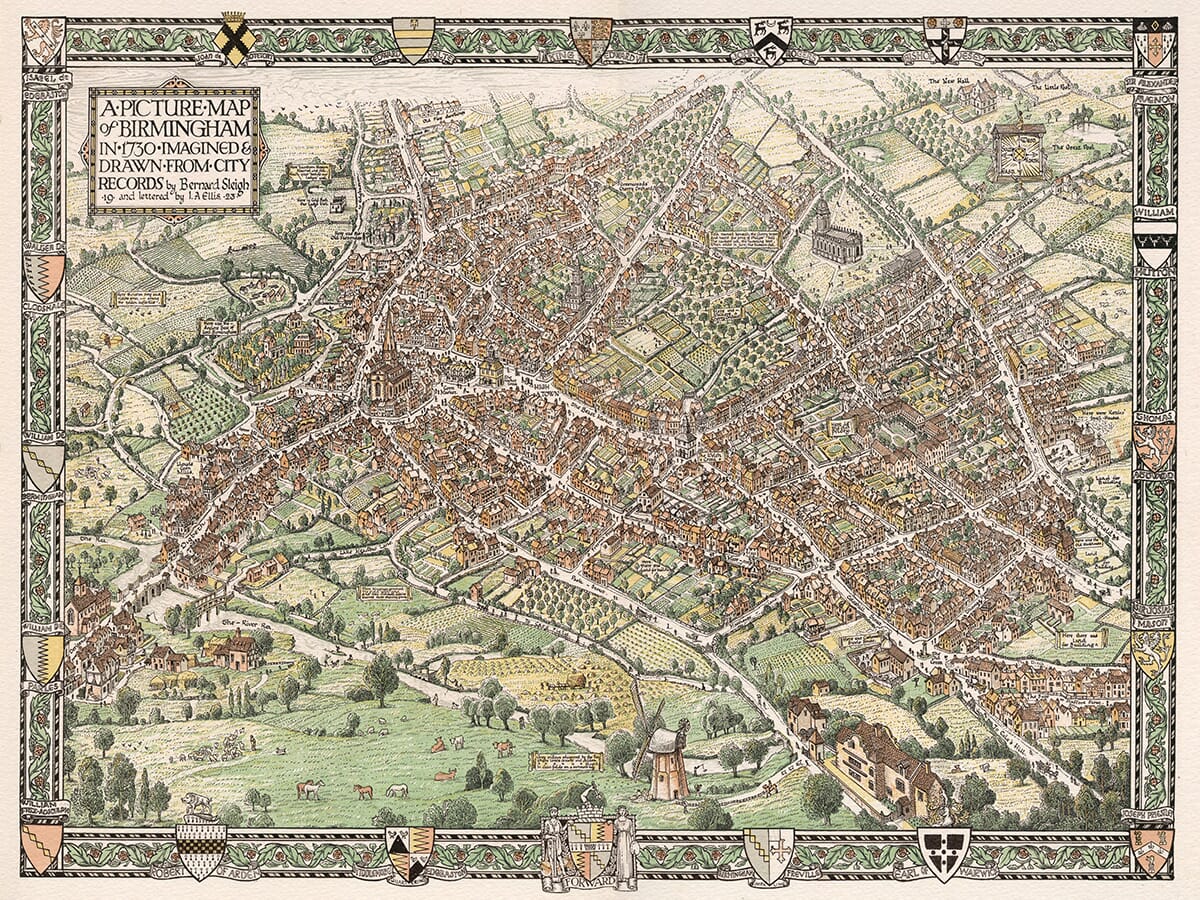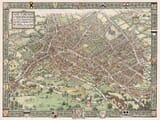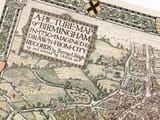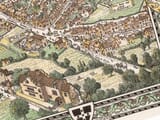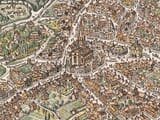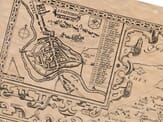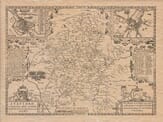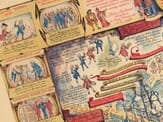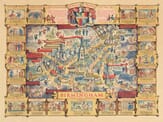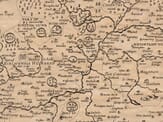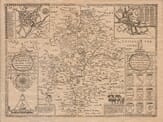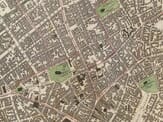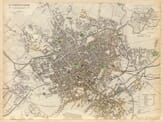Description
Bernard Sleigh and the Picture Map of Birmingham in 1730
Bernard Sleigh, a distinguished illustrator, wood-engraver, and muralist born in Birmingham in 1872, holds a special place in the artistic and cultural heritage of his native city. Closely associated with the Arts and Crafts Movement and the Birmingham School of Art, Sleigh brought a unique blend of imagination and historical reverence to his work. Among his most celebrated creations is A Picture Map of the City of Birmingham in the Year 1730, a richly detailed and imaginative map first published in the early 1920s. It remains a captivating visual artifact, combining historical research, decorative art, and poetic storytelling.
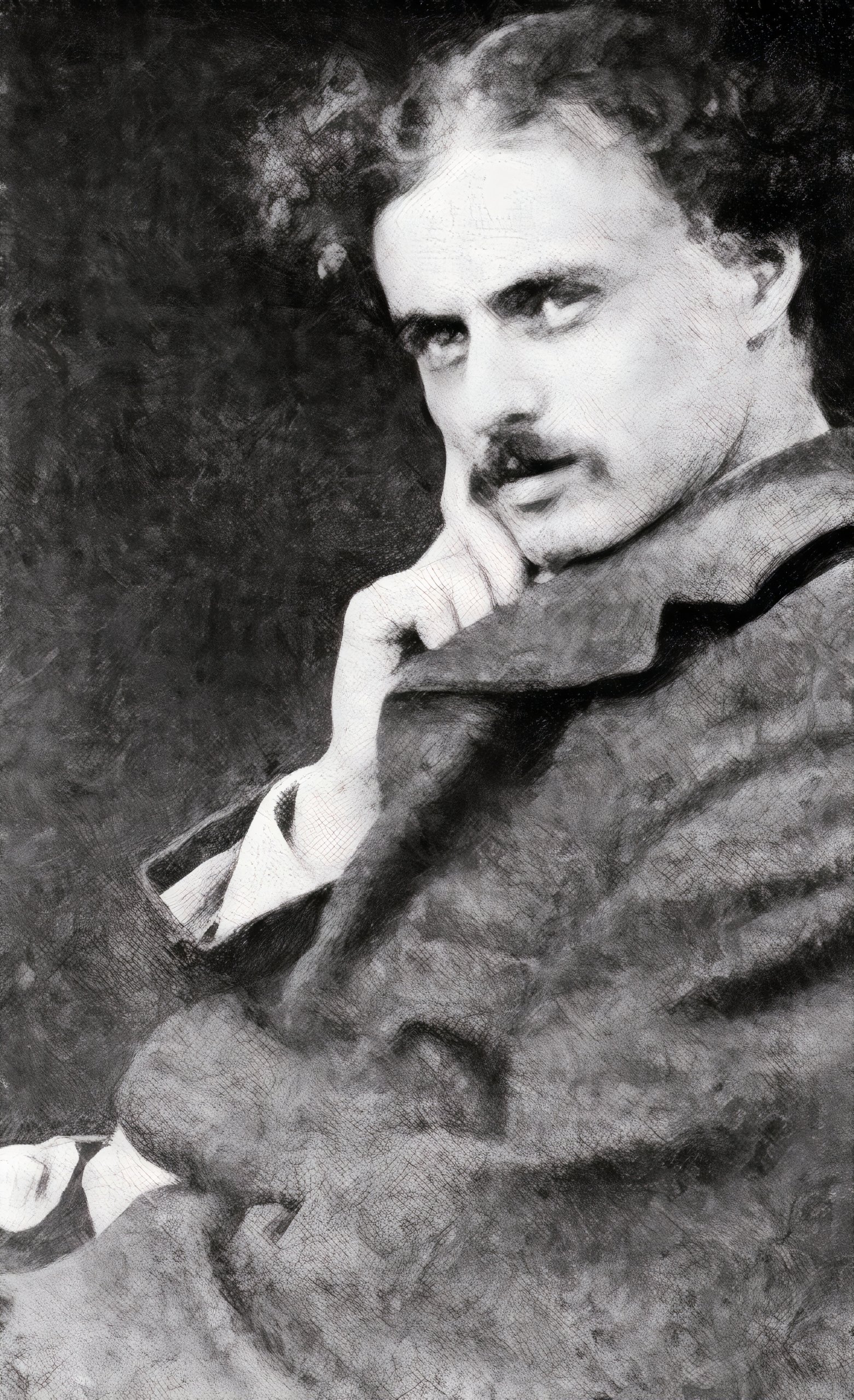
This map, originally published in 1923–24 by Cornish Bros and Kynoch Press, presents an imagined yet carefully reconstructed view of Birmingham as it might have looked in the year 1730. It was based on official 18th-century city records and developed in collaboration with calligrapher I. A. Ellis and local historian Robert K. Dent, who provided detailed annotations and historical context. Sleigh’s map goes far beyond mere cartography; it is a pictorial celebration of a town in transition, portraying streets, farms, local landmarks, and the River Rea with artistic flair and romantic nostalgia.
Framed by an ornate border featuring coats of arms, literary flourishes, and decorative embellishments, the map evokes the spirit of Birmingham before its transformation into an industrial powerhouse. It blends factual geography with stylized depictions, transforming the city’s early layout into a storybook-like landscape. The inclusion of poetic annotations and a hand-coloured woodcut of the Old Crown Inn enhances the map’s charm, while Sleigh’s own introductory note and Dent’s historical essay root it firmly in scholarly tradition.
Sleigh is perhaps best known for his fantastical An Ancient Mappe of Fairyland, but his Birmingham map reveals a deeper interest in local history and civic identity. It reflects his desire to preserve the memory of a simpler, pastoral Birmingham—one that was soon to be reshaped by the forces of industrialisation. The work captures both a yearning for the past and an awareness of the city’s evolving character, making it a unique intersection of art, history, and urban narrative.
Today, A Picture Map of Birmingham in 1730 is appreciated not only as a historical document but also as a piece of fine art. Original editions are rare and highly sought after, occasionally appearing in auctions or specialist bookshops, often fetching considerable prices.
In summary, Bernard Sleigh’s map of Birmingham stands as a remarkable testament to the power of visual storytelling and historical imagination. By blending accurate research with artistic vision, Sleigh created more than a map—he crafted a lasting tribute to a city’s roots, its growth, and the beauty of its past. His work remains a cherished piece of Birmingham’s artistic and historical legacy.

